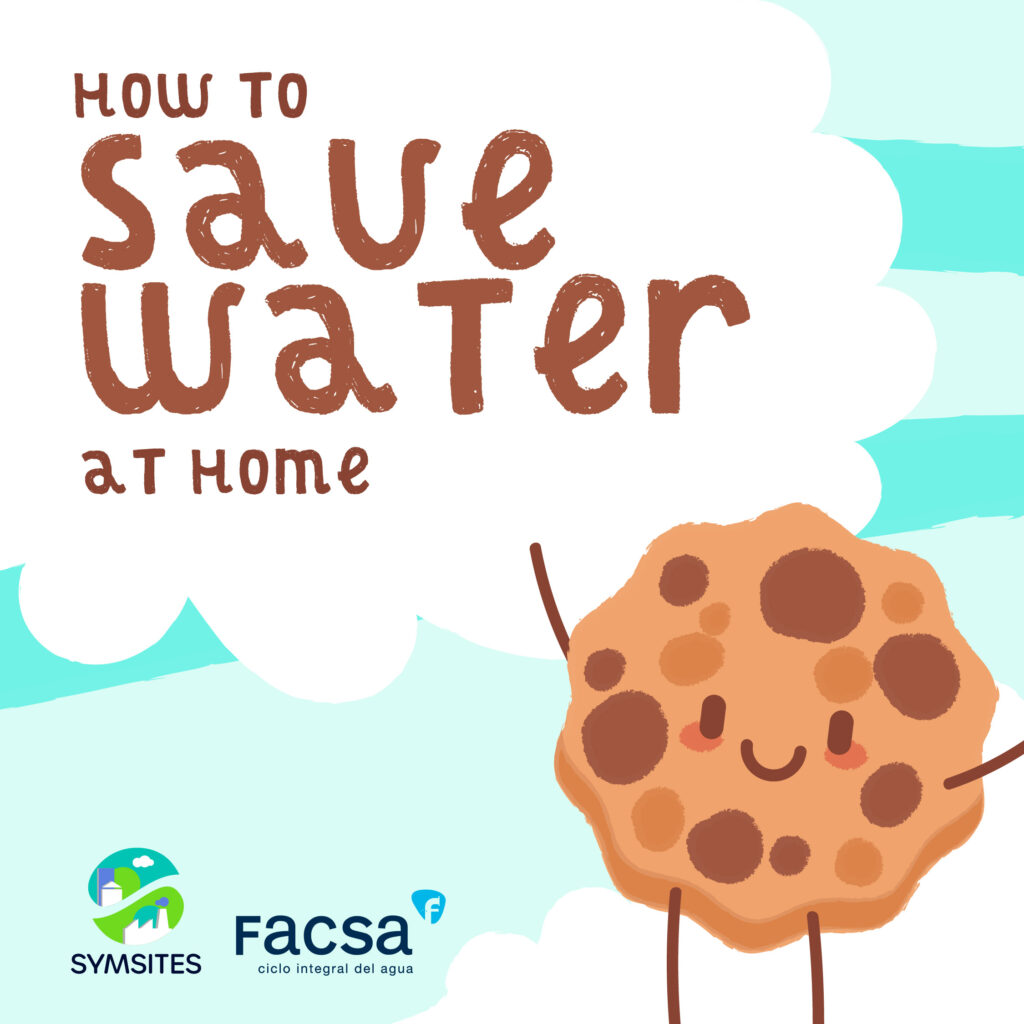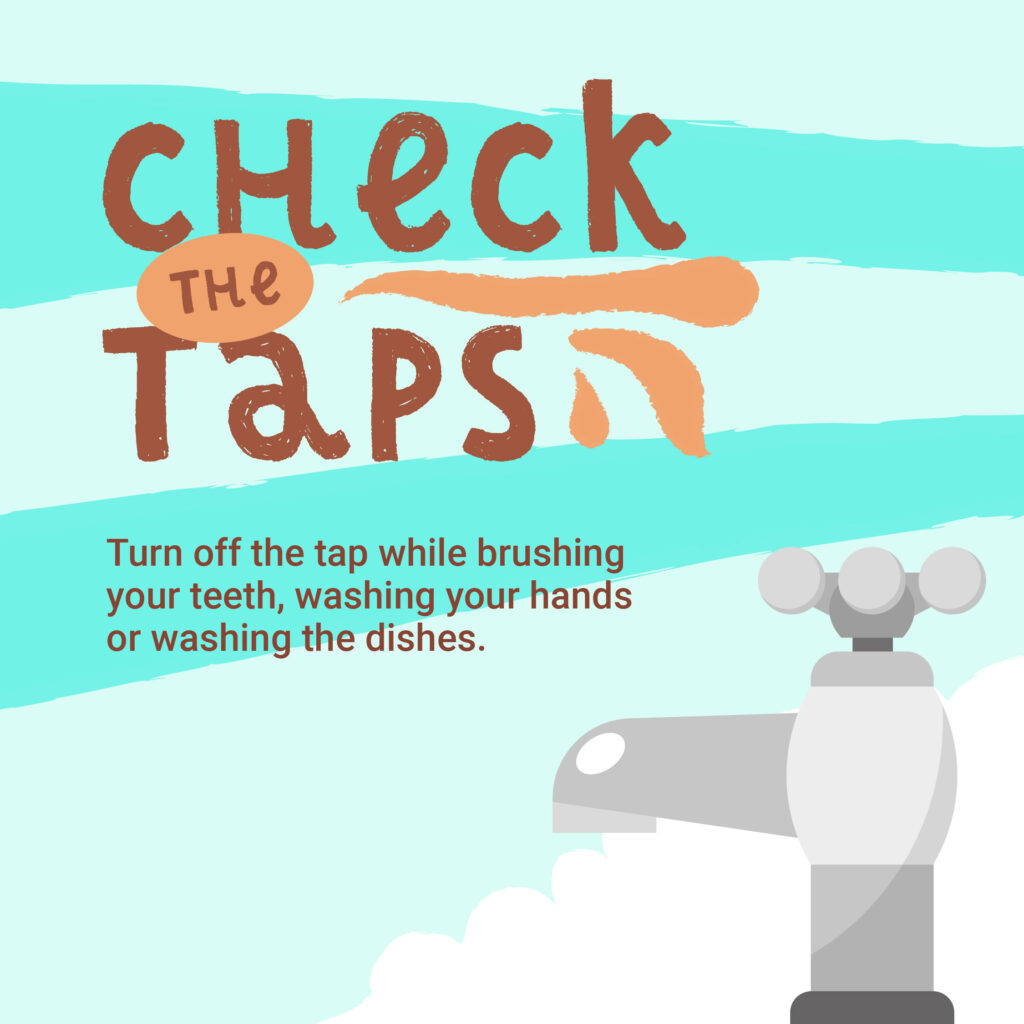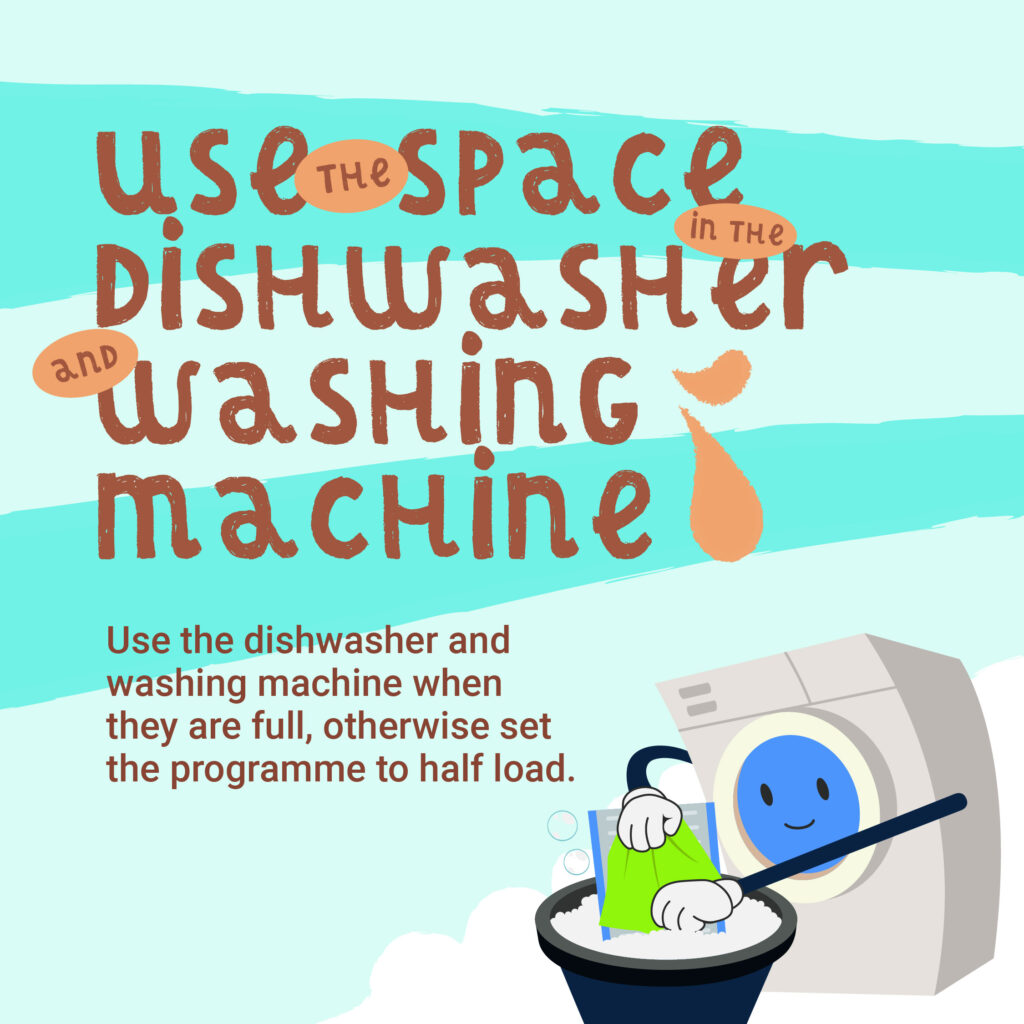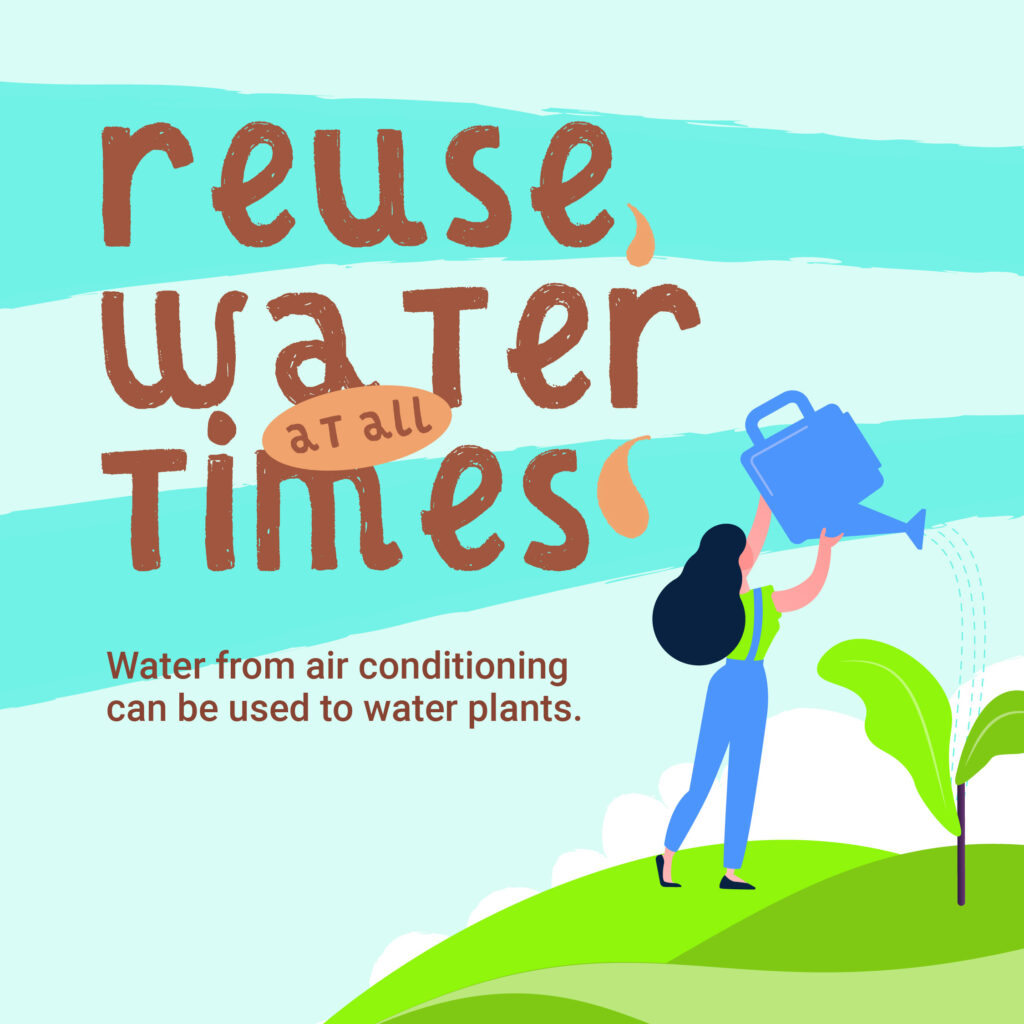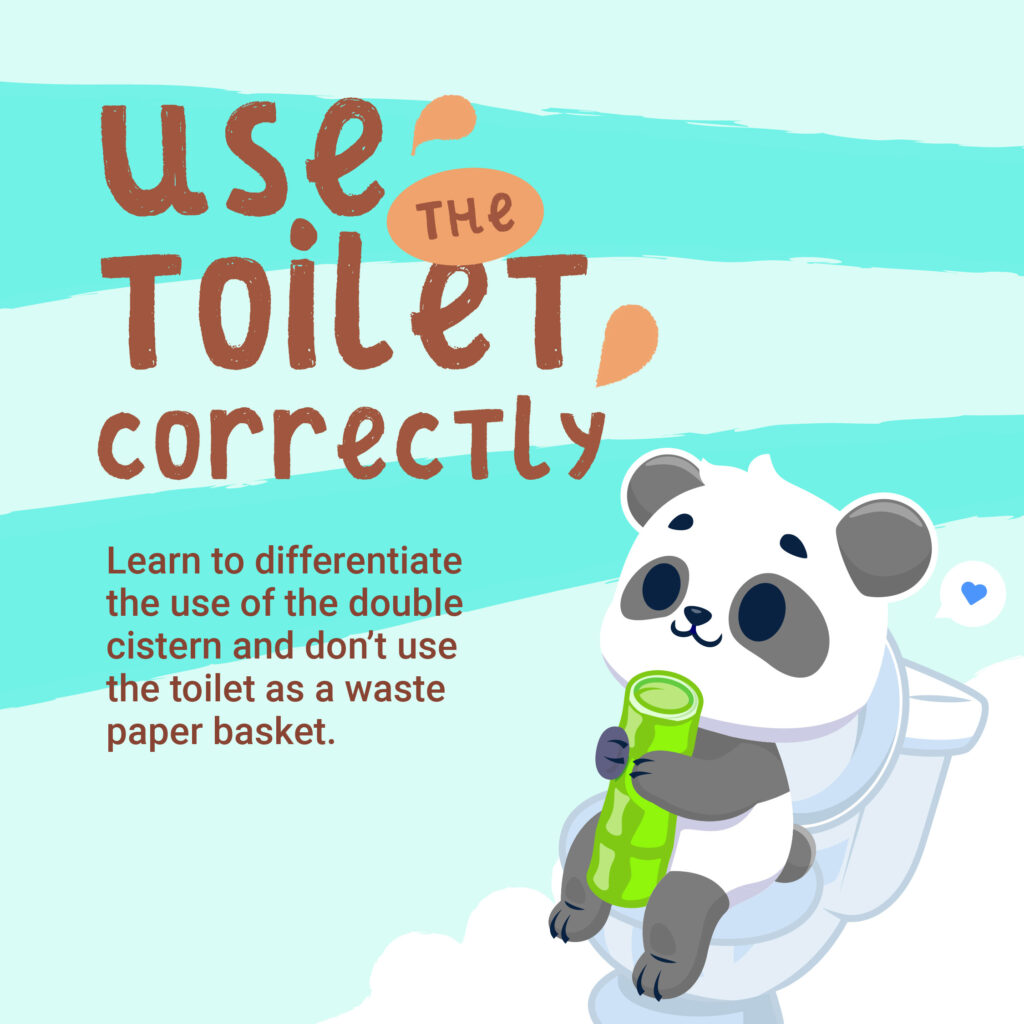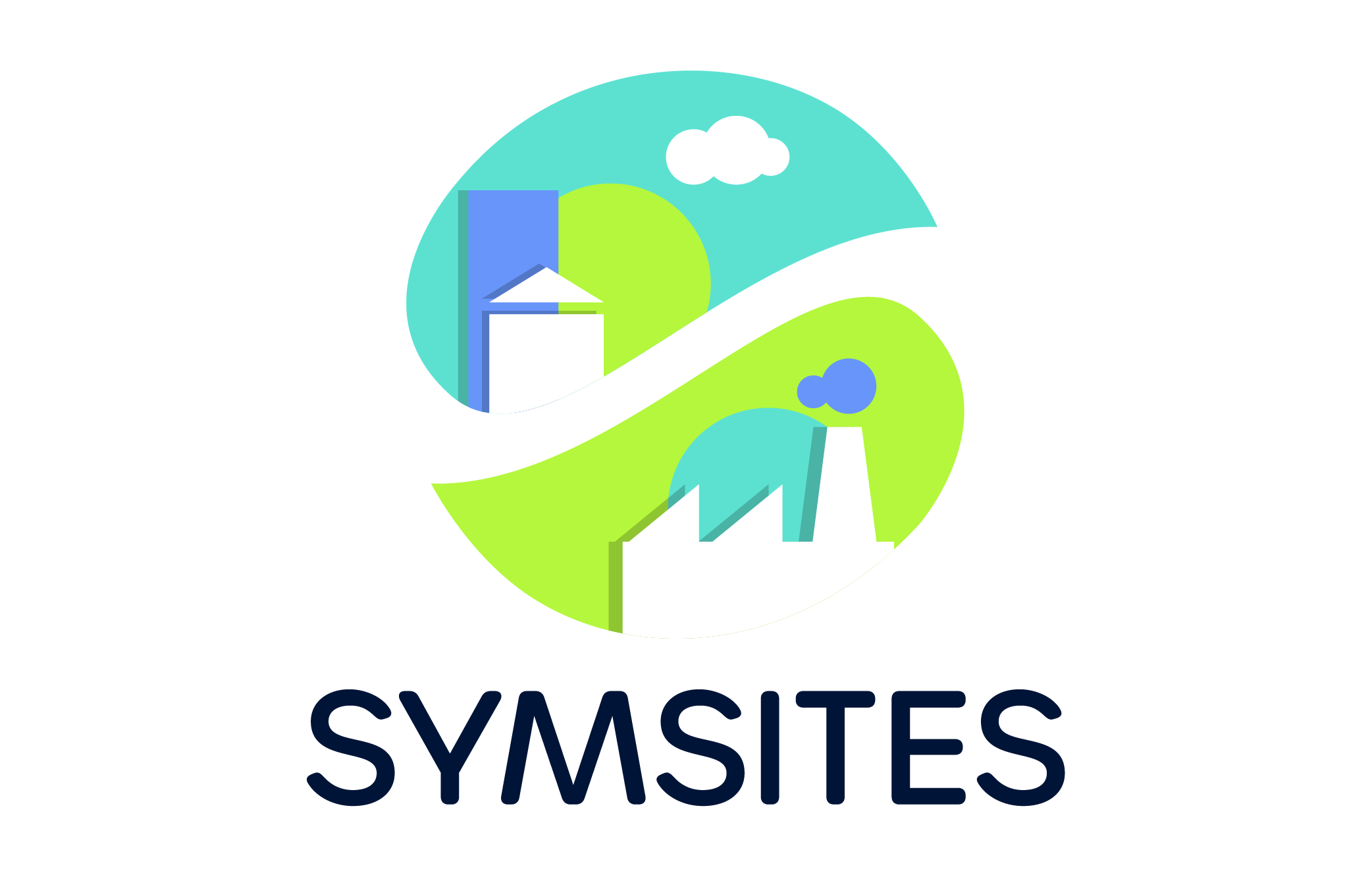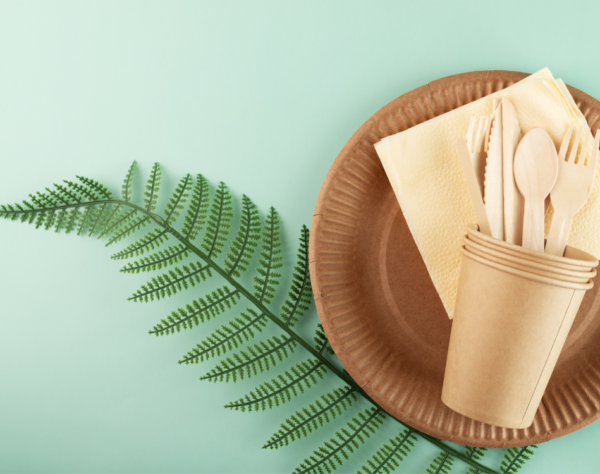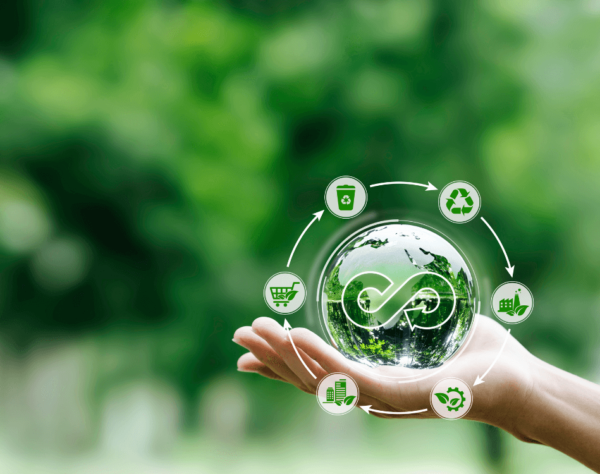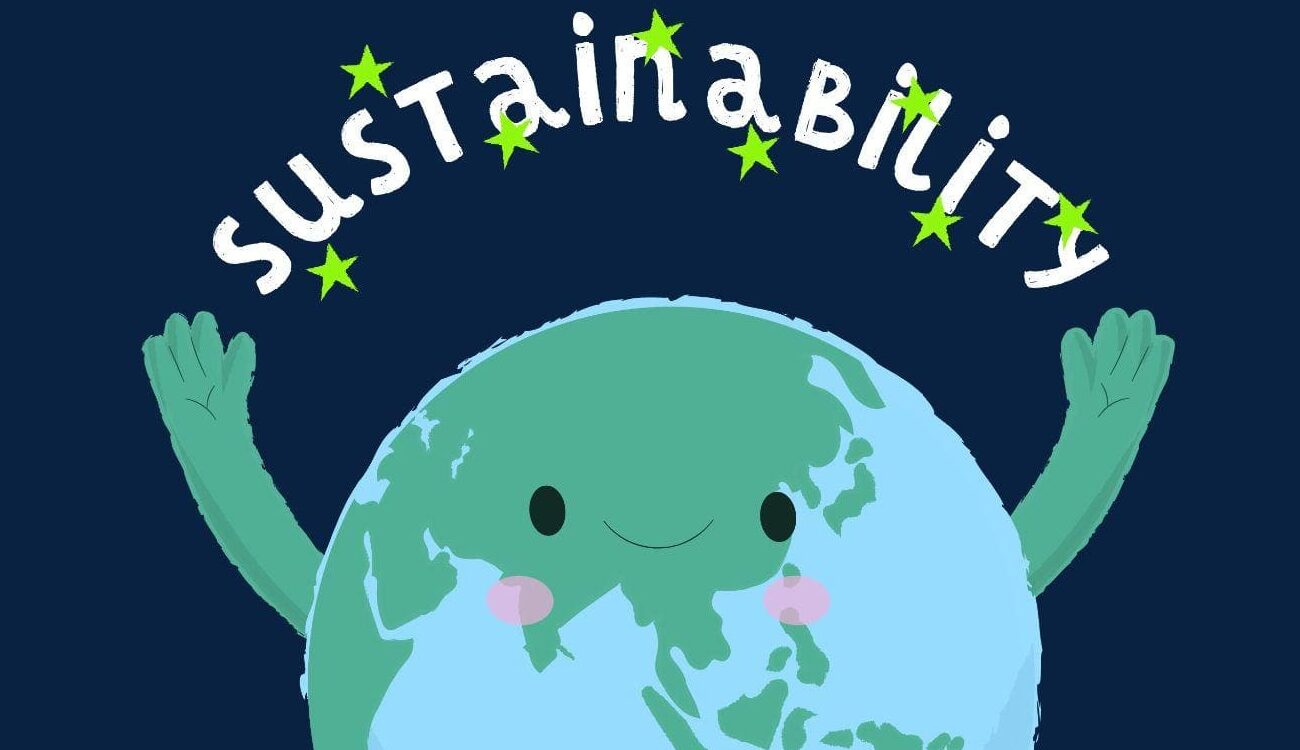
Environmental Education for Kids: Waste Management, Recycling, and Water Preservation
The Symsites project can be a tool to teach the new generations about circular economy, green waste management and responsible water use. Educating children can increase their awareness and environmental responsibility: they can understand the importance of preserving water, and discover the impact of improper waste disposal on ecosystems.
To achieve this goal, different activities might take place to engage with kids.
1. Reading and sharing stories on the environment
Not only is it possible to talk with children about circular economy and Industrial and Urban waste management, but it is truly important to do so.
Video storytelling
Storytelling is a timeless method for conveying knowledge and values. Combining it with real-life examples and colourful animations can help them visualize key concepts and relate to the characters.
Interactive platforms
Through songs, videos and stories children can learn how to take care of the environment and how our actions can affect nature. Our project partner FOVASA shared during the last Spanish Stakeholder Forum their initiative in “La Vida de las Cosas”.
2. Recycling and reusing waste materials
Families can collect recyclable materials such as paper, cardboard or plastic bottles, take them to recycling centres, donate them to organizations that work in recycling programs, or give them a second life.
The games children enjoy the most are often the ones where they are allowed to use everyday objects for new creative purposes. So why shouldn’t we create toys from recycled materials?
Children can unleash their imagination and build toys with cardboard boxes, plastic bottles or empty cans. Manual art with recycled materials is positive for the environment and the kids because it encourages creativity while practically showing how waste can be transformed into something new.
Bowling

Source: Pinterest
Bowling without pins? It is possible by saving plastic bottles, painting them in different colours and placing them in their “bowling alley”. Now just add an old ball and start playing
Homemade football table
Source: Pinterest
Football fans can craft a football table with a cardboard box, wooden clothespins and straws…you can even paint them with your favourite team colours!
Crafts with empty toilet paper rolls
Source: Pinterest
We all have empty toilet paper rolls. They can have a second life and become perfect works of art. Besides being a creative activity, this will teach children about the value of making the most of the resources we have at our disposal.
3. Engaging children in water preservation efforts
Share information on the water cycle and journey
Children can understand the importance of water conservation more easily if they learn its cycle, its treatment, how it reaches the cities, how it is disposed, how it is vital for our health, and why we cannot waste it.
Digital platforms and tools can help gradually teach and adapt the information to the kids’ age. An example? “El curso del agua”, a programme developed by FACSA and presented to the consortium during the last stakeholder forum in Spain.
Adopt simple rules and guidelines
We can do so many things in our everyday lives to value the water we use. We can share these practices with children in an engaging and fun way. Here are some tips!
- Calculate time while using water: song chorus or hourglasses can be our allies.
- The toilet is not a rubbish bin: give positive reinforcement when kids use the trash can.
- Check the tap: make sure to turn the tap off and share this responsibility with them.
- Swap the bath with the shower: a relaxing bath with lots of toys is a temptation, but you can save this moment for special occasions.
- Save the water you use: for instance, you can use bowls and ask children to help you water the plants.
- Use the dishwasher and washing machine correctly: children love to imitate us, so they should know how to fill them correctly and which programs allow us to reduce water consumption.
